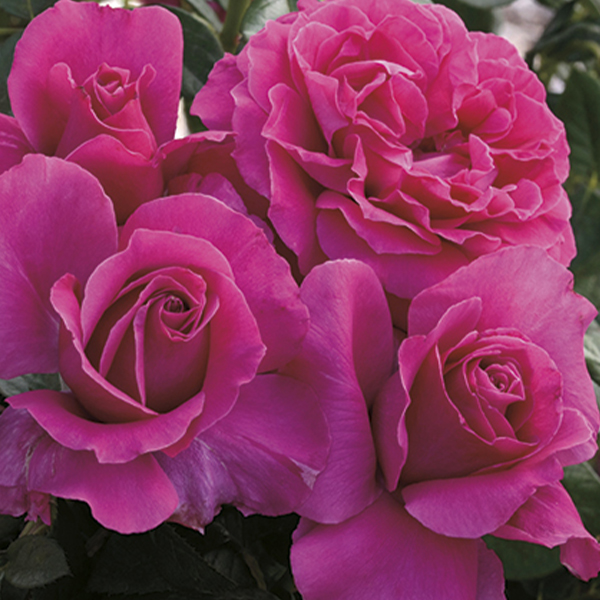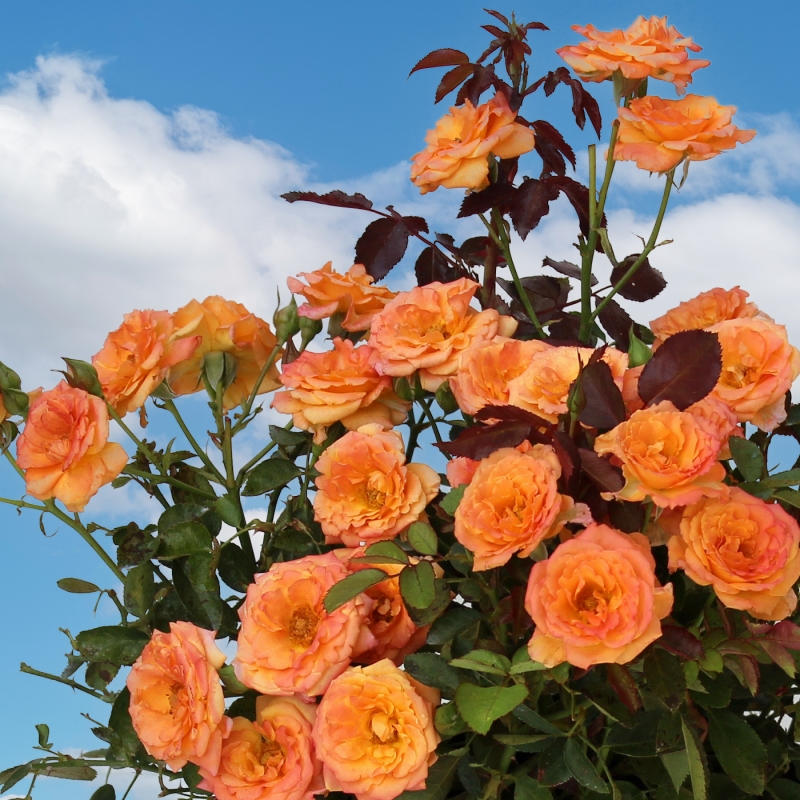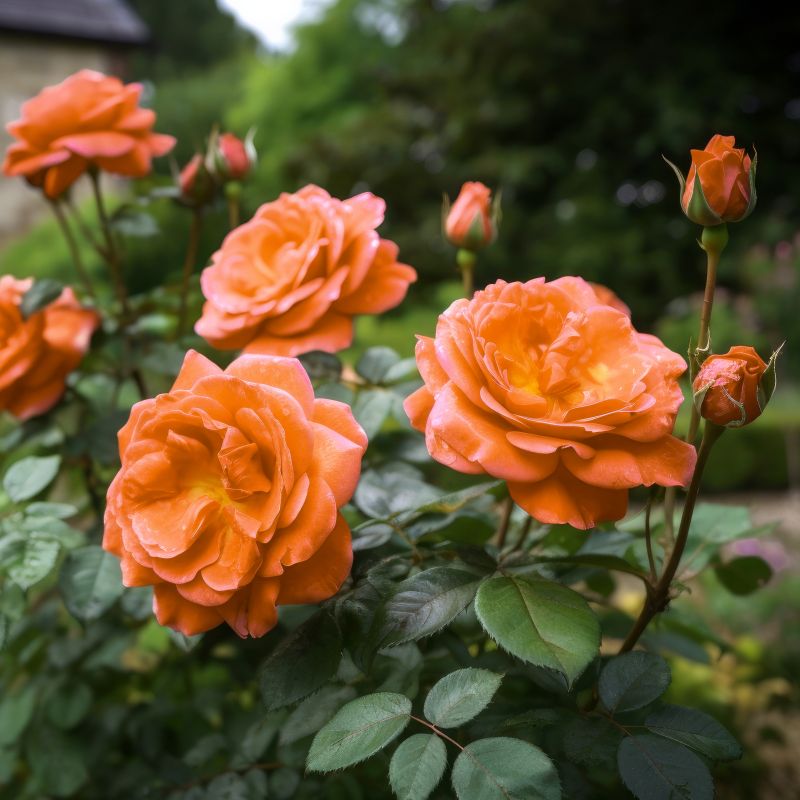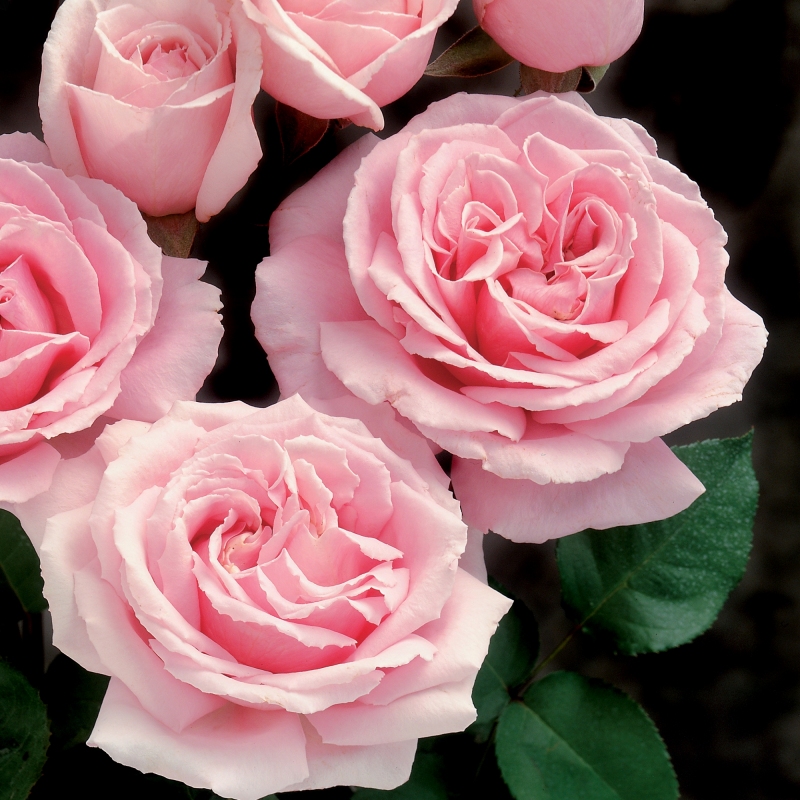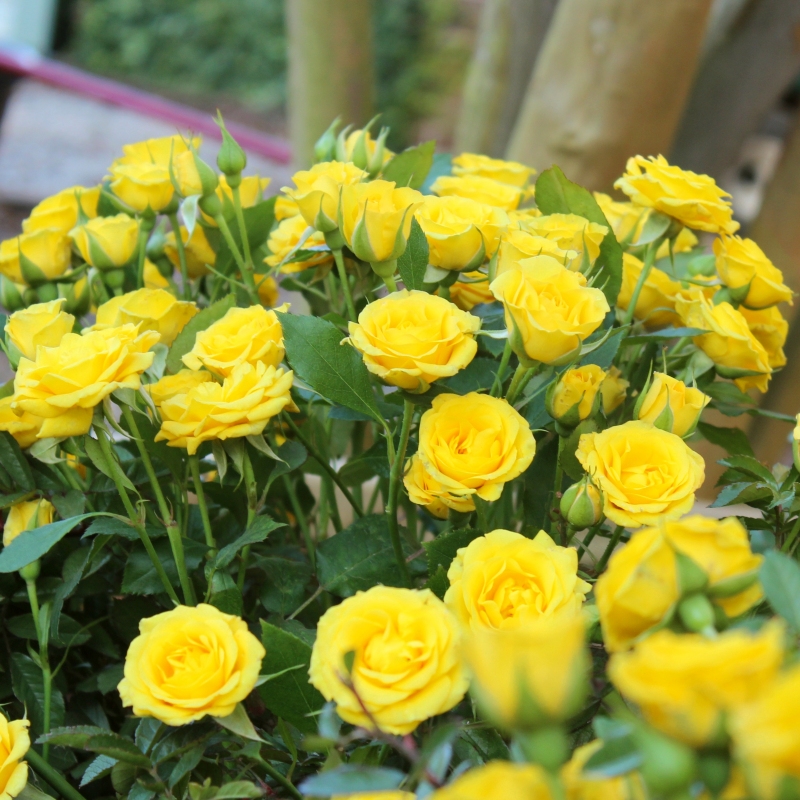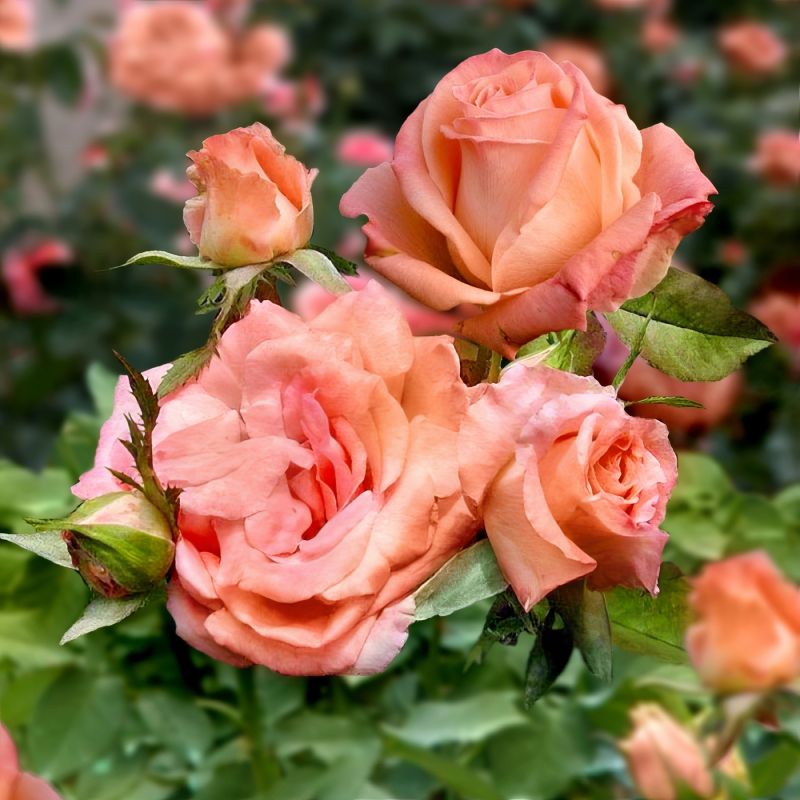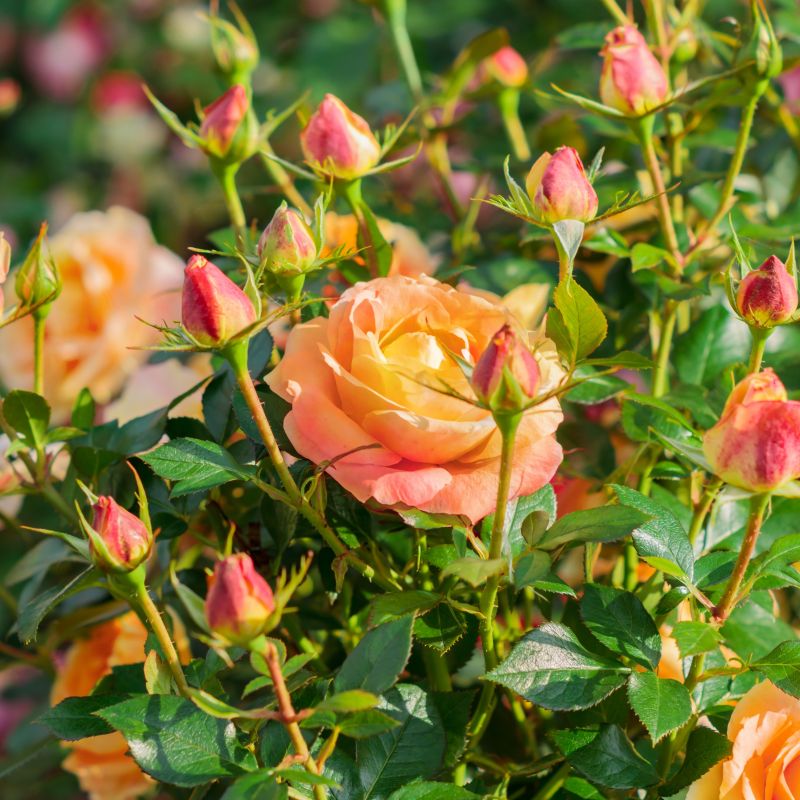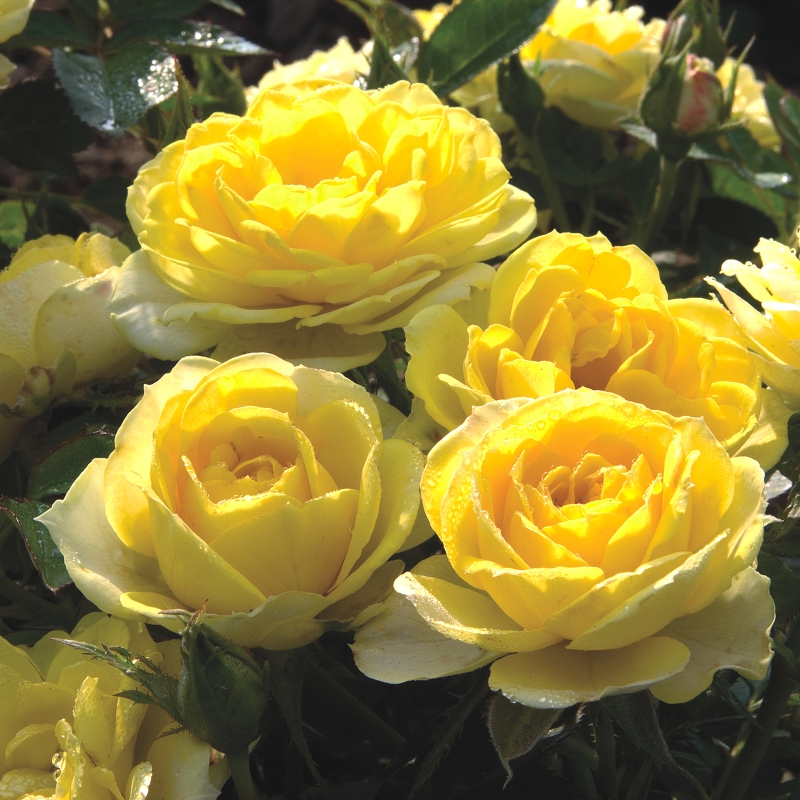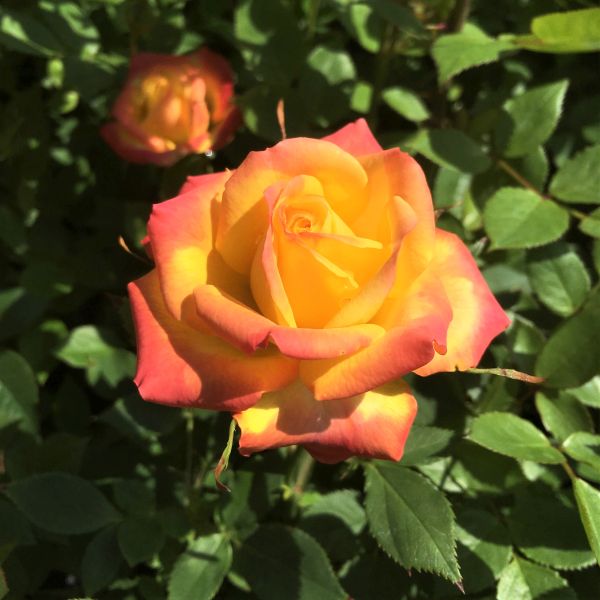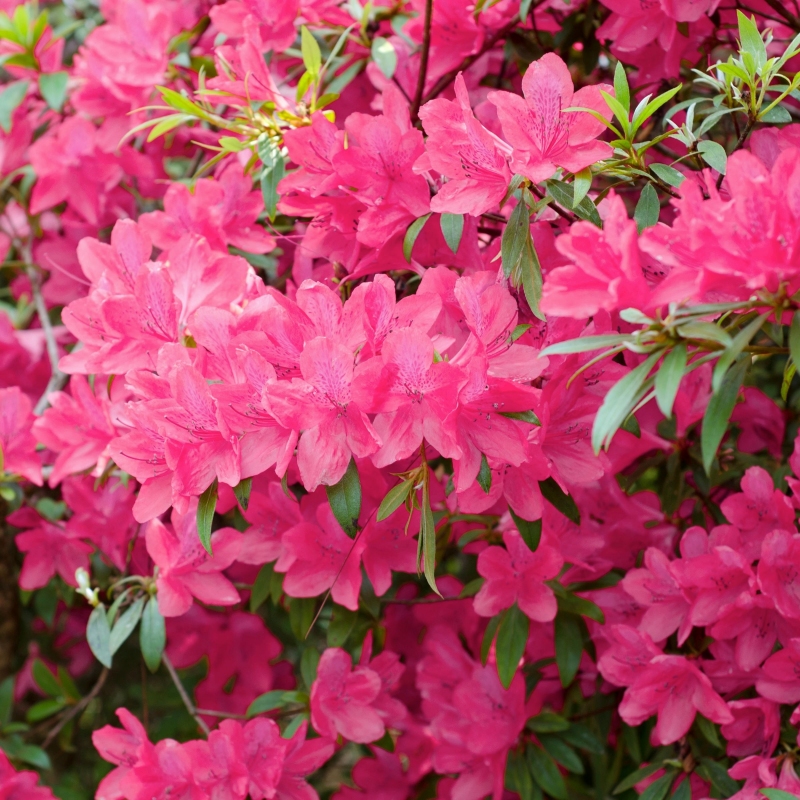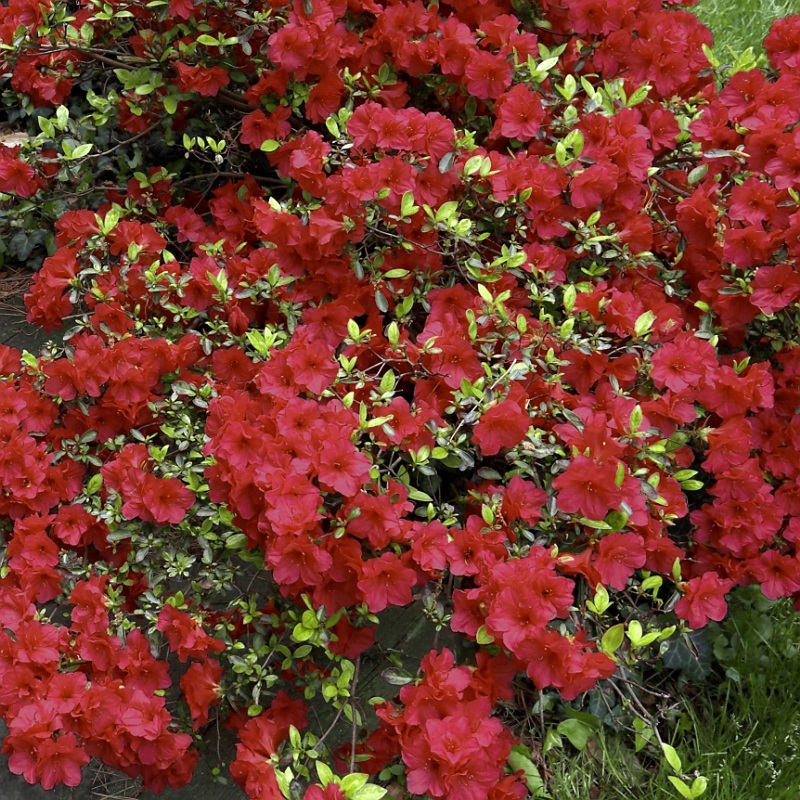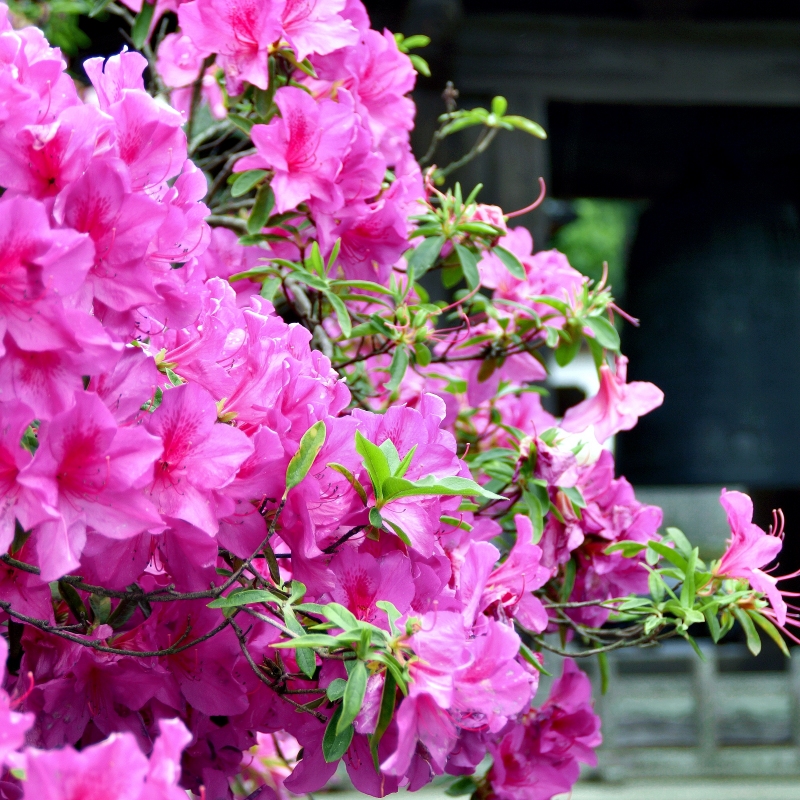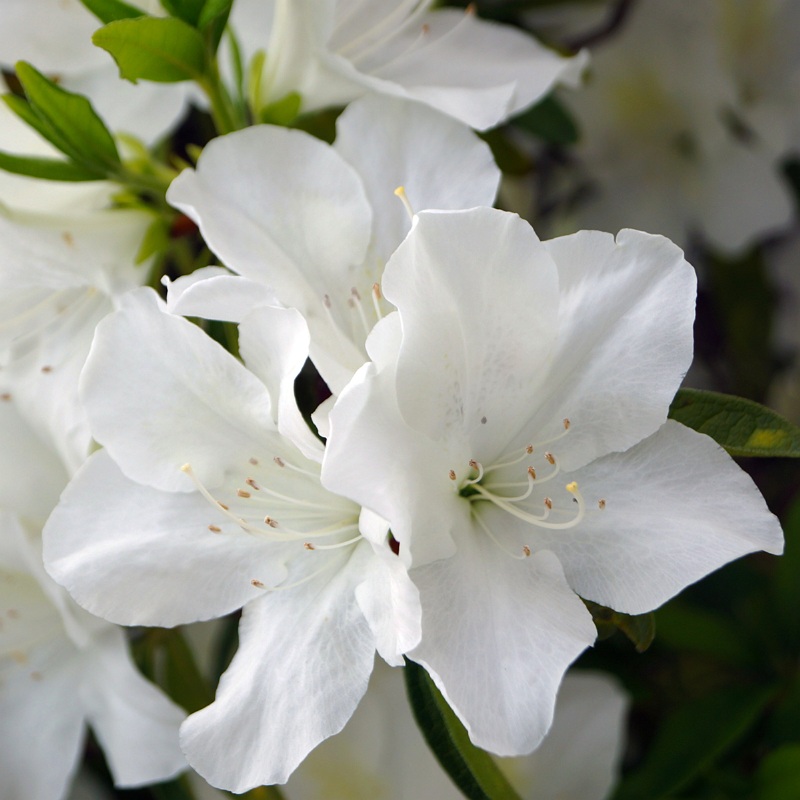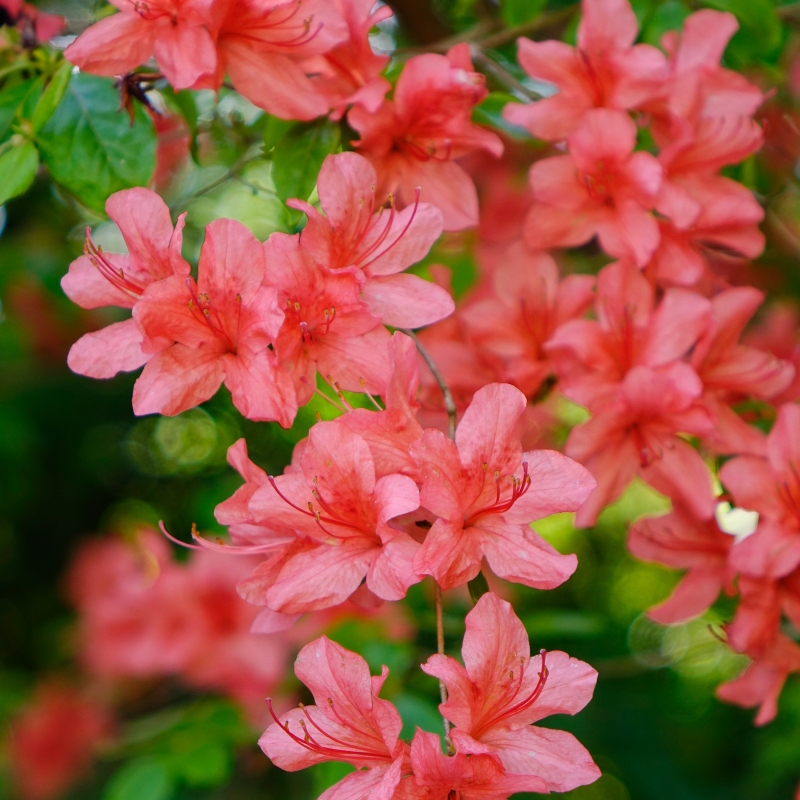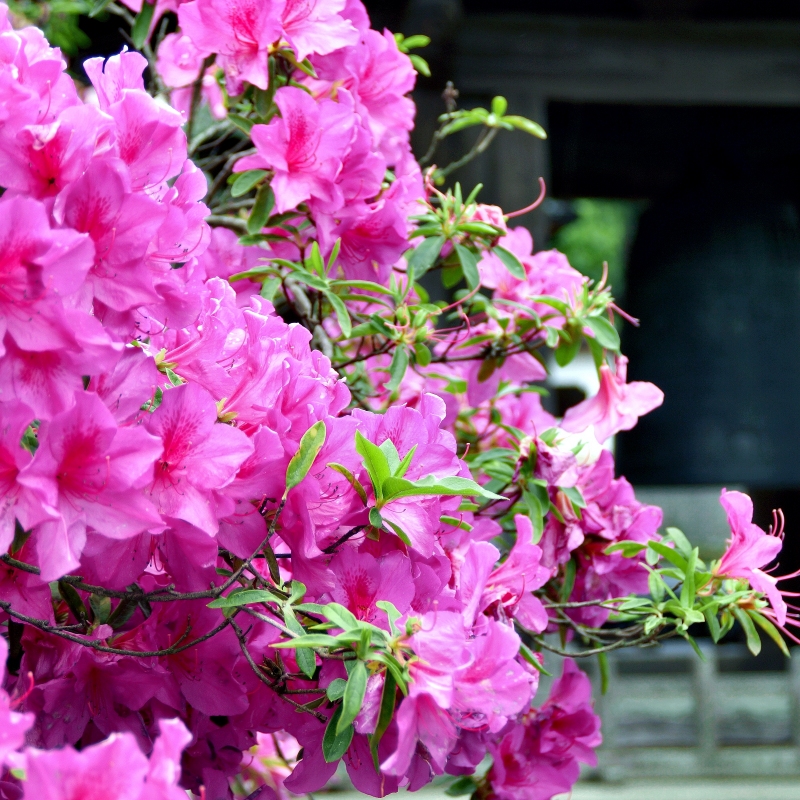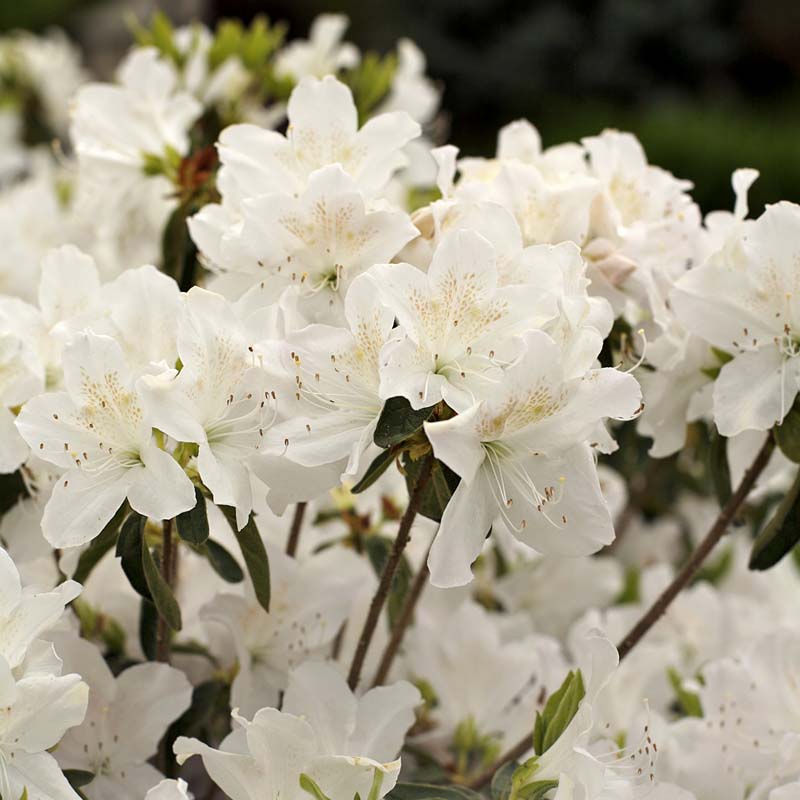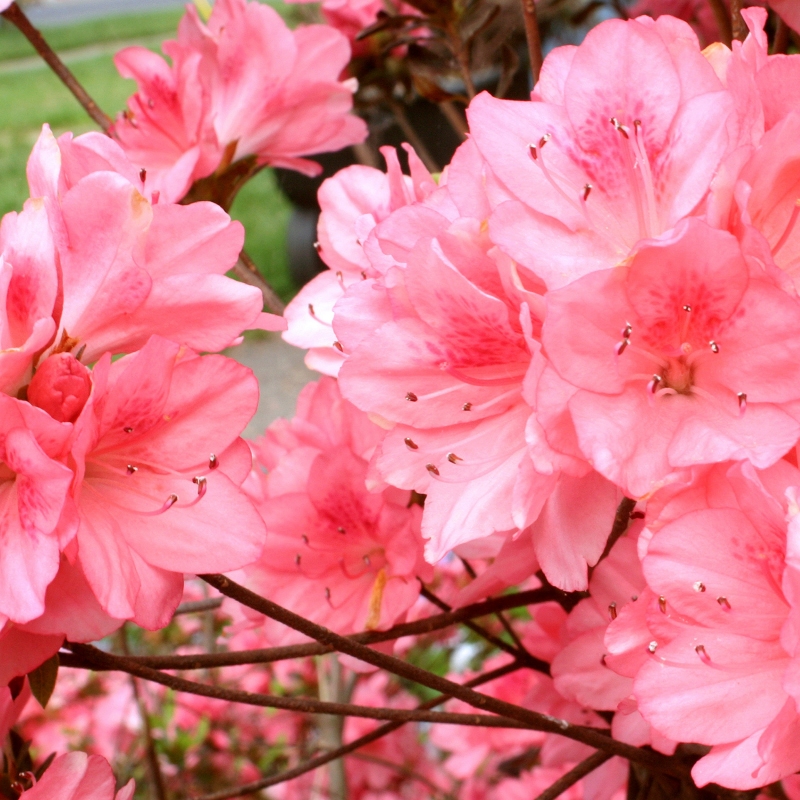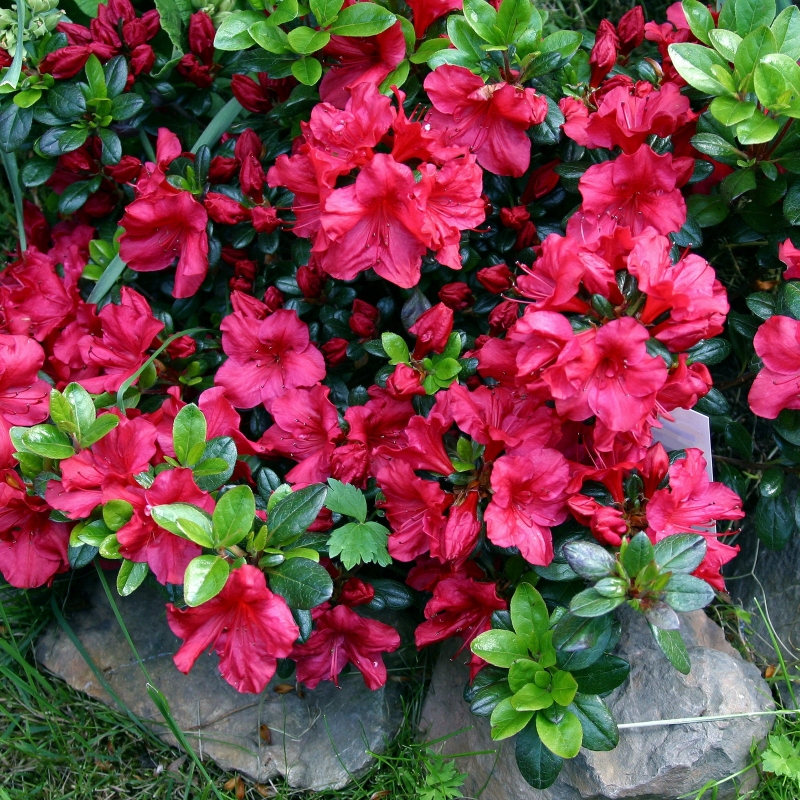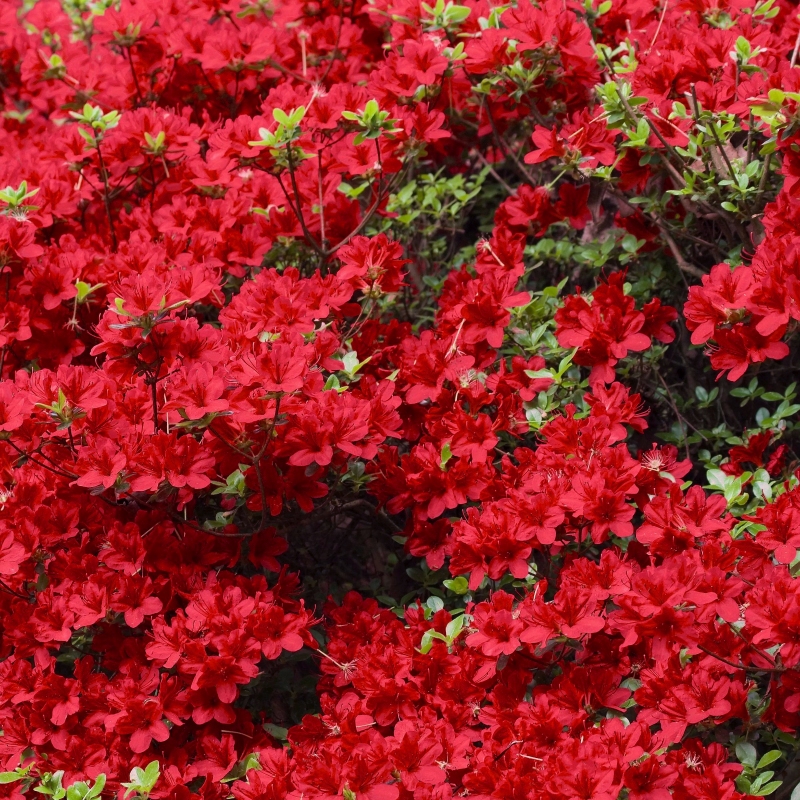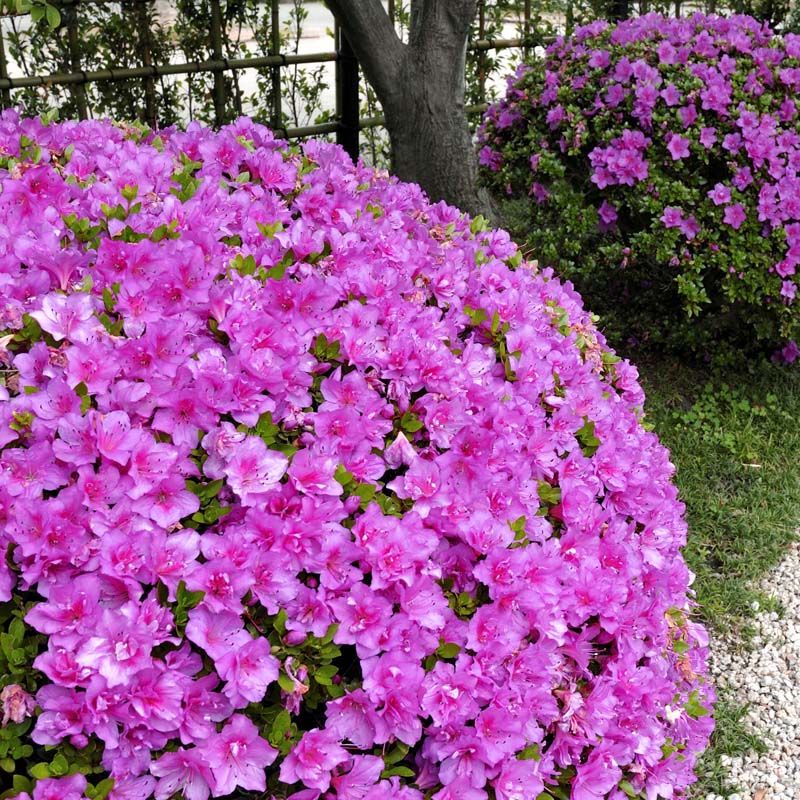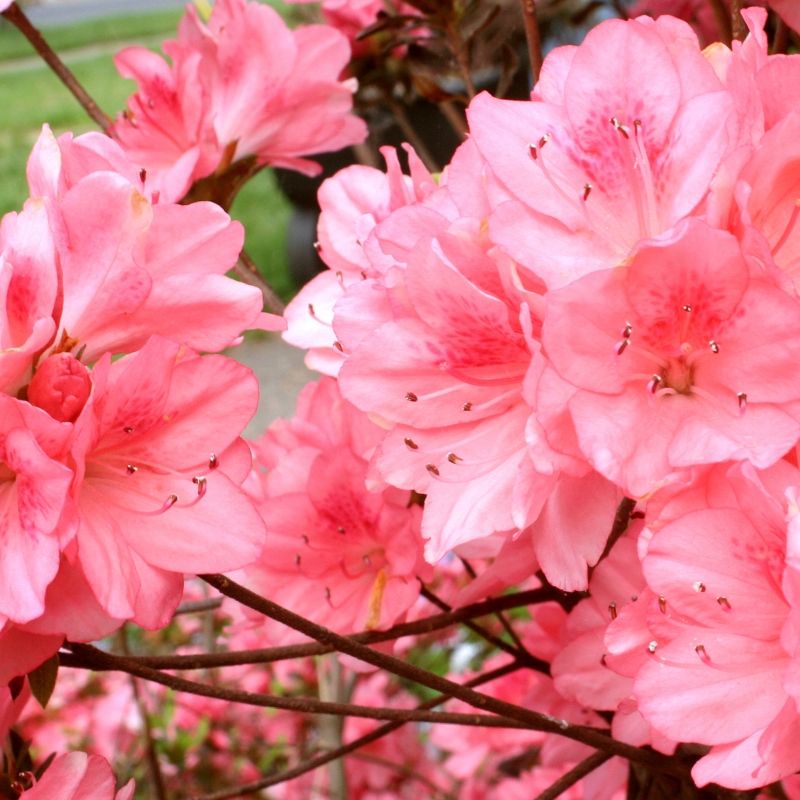

Pretty Lady Rose Tree
Rosa 'WEKdadoda'
17 reviews


Pretty Lady Rose Tree
Rosa 'WEKdadoda'
17 reviews
$201.00
$288.00
30% Off
3.5 Gallon 3-4 Feet
We are sorry, product is currently out of stock due to seasonal availability. Please check the "Related plants available in your area" section below
Why Pretty Lady Rose Tree?
The Pretty Lady Rose Tree (Rosa 'WEKdadoda') is a popular choice thanks to its stunning beauty and compact size. With an average height of only 3 feet, it is perfect for smaller gardens or container planting. It produces clusters of vibrant pink flowers that are double in form and have a delicate fragrance. This rose tree is known for its disease resistance and repeat blooming nature, making it a fantastic addition to any landscape.
Related plants available in your area
Sunlight
Pretty Lady Rose Tree requires at least 6-8 hours of direct sunlight per day.
Watering
The Pretty Lady Rose Tree requires regular watering to keep the soil consistently moist, but not waterlogged. It is important to water deeply and thoroughly to ensure the roots receive enough water, especially during dry periods.
Fertilizing
The Pretty Lady Rose Tree requires a balanced and slow-release fertilizer with a higher phosphorus content to promote flower blooming. Additionally, it benefits from organic matter such as compost or well-rotted manure mixed into the soil during planting f
Pretty Lady Rose Tree
Rosa 'WEKdadoda'
The Pretty Lady Rose Tree, scientifically known as Rosa 'WEKdadoda', is a stunning and elegant flowering plant that will add beauty and grace to any garden or landscape. This variety belongs to the hybrid tea rose family and is a result of careful breeding to produce exceptional traits.
Key Features:
- Flower: The Pretty Lady Rose Tree showcases large, perfectly formed, deep pink blooms with a creamy yellow base. The flowers have a lovely, sweet fragrance that adds to the overall charm of this rose tree.
- Growth Habit: This rose tree exhibits a compact and bushy growth habit, reaching a height of approximately 3-4 feet. Its upright and vigorous nature makes it an excellent choice for patio containers, small gardens, or as an accent plant.
- Foliage: The glossy, dark green foliage of the Pretty Lady Rose Tree serves as a beautiful backdrop for the vibrant flowers. It provides an attractive contrast to the blooms throughout the growing season, adding visual interest even when the plant is not in full bloom.
- Care: This rose tree thrives in full sun exposure, requiring at least 6 hours of direct sunlight per day for optimal growth and flowering. It prefers well-drained soil and regular watering to keep the roots evenly moist but not waterlogged. Adequate mulching around the base of the plant helps with moisture retention and weed control.
- Hardiness: The Pretty Lady Rose Tree is generally hardy in USDA zones 5-9, tolerating a range of climatic conditions. It exhibits good disease resistance and is a relatively low-maintenance plant, making it suitable for both experienced gardeners and beginners.
Uses:
The stunning beauty and captivating fragrance of the Pretty Lady Rose Tree make it an ideal choice for various uses:
- Decorative Garden Accent: Plant the Pretty Lady Rose Tree individually or in clusters to create a focal point in your garden. Its vibrant flowers and compact growth habit will instantly enhance the visual appeal of any landscape.
- Patio Container Planting: Due to its manageable size, this rose tree thrives in large containers or pots. Place it on your patio, balcony, or outdoor living area to enjoy the beauty and fragrance up close.
- Gift Plant: The Pretty Lady Rose Tree can be a thoughtful and meaningful gift for special occasions such as birthdays, anniversaries, or housewarmings. It symbolizes love, beauty, and elegance, making it a perfect choice to express your sentiments.
- Cut Flowers: The large, beautiful blooms of this rose tree make excellent cut flowers for arrangements and bouquets. Bring the beauty indoors and enjoy the sweet fragrance filling your home.
With its exceptional beauty, fragrance, and versatility, the Pretty Lady Rose Tree (Rosa 'WEKdadoda') is a must-have for any garden enthusiast or rose lover. It brings a touch of elegance and romance to any setting, creating a captivating and enchanting atmosphere.
Please note: The product image is for illustrative purposes only and may differ from the actual plant received.
Plant Information:
| Botanical Name: | Rosa 'WEKdadoda' |
| USDA Zones: | 6-9 |
| Water: | Moderate |
| Exposure: | Full Sun |
| Soil Needs: | Well Drained |
| Mature Height: | 4 - 5 feet |
| Mature Spread: | 4 - 5 feet |

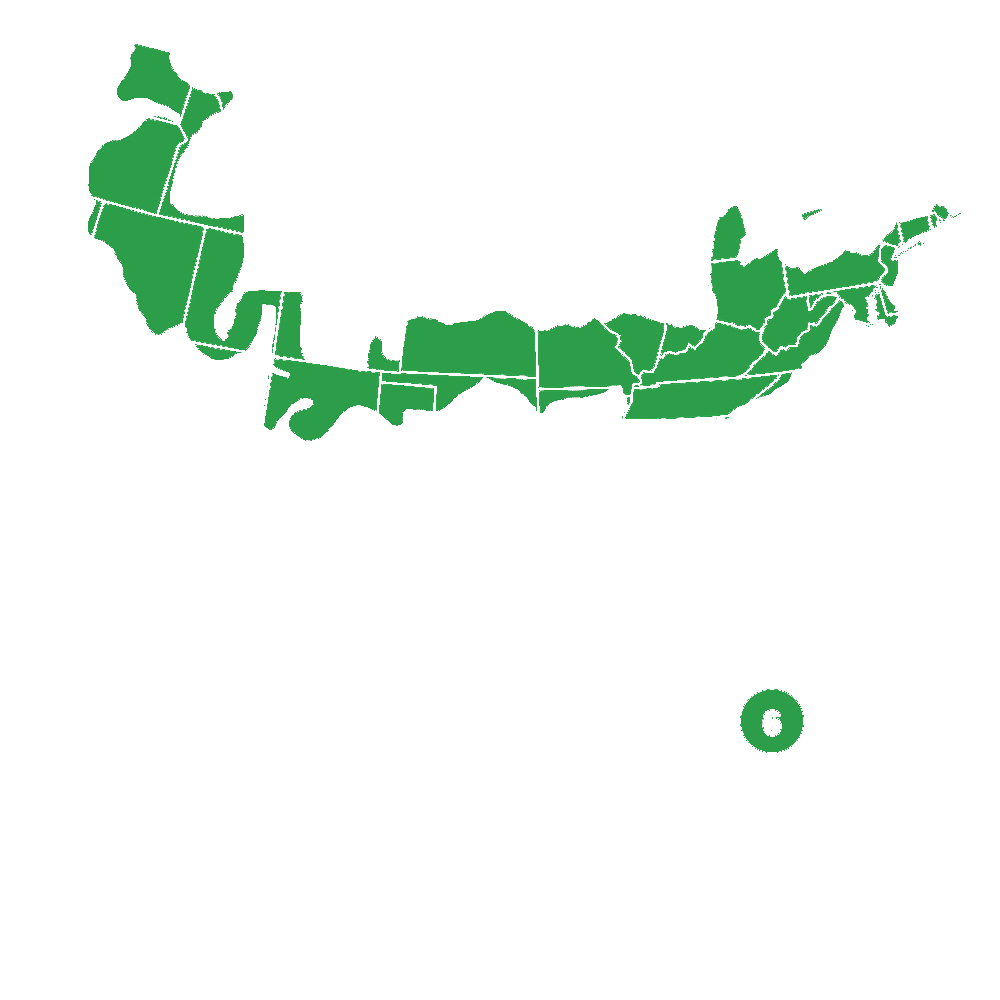

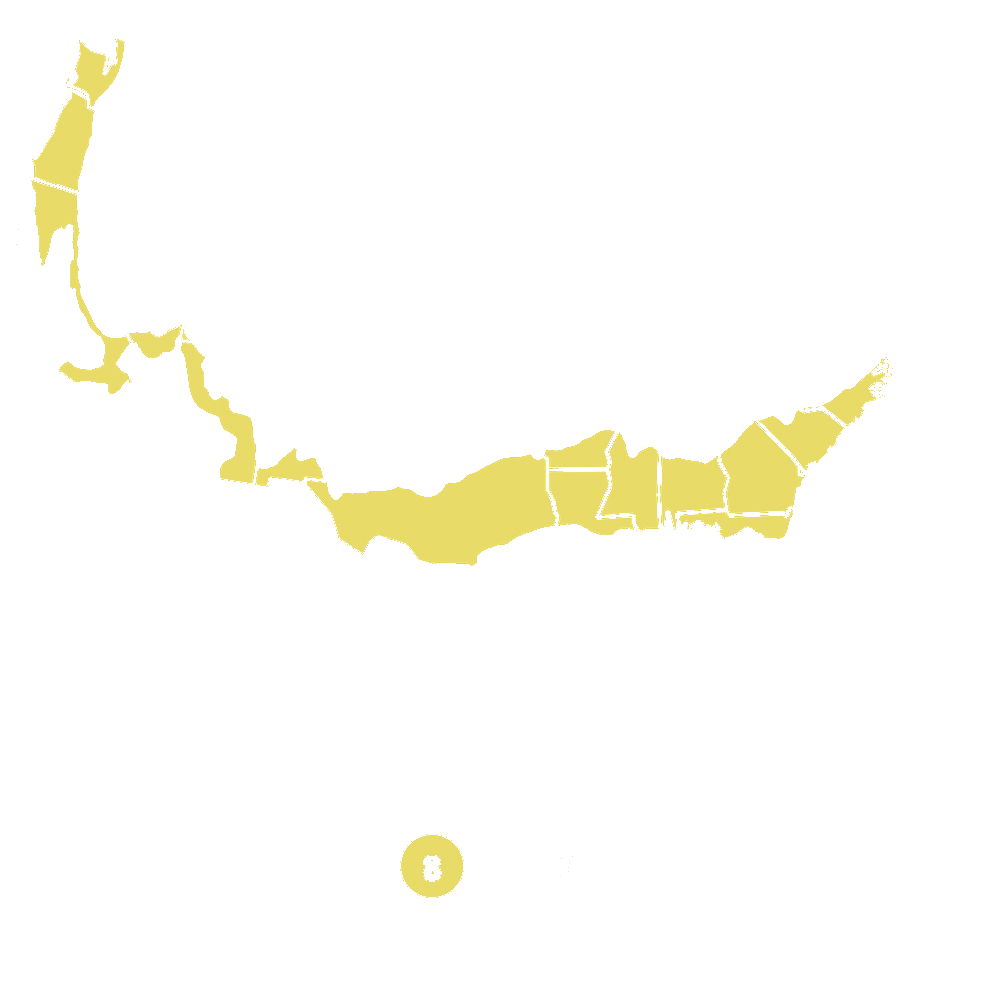
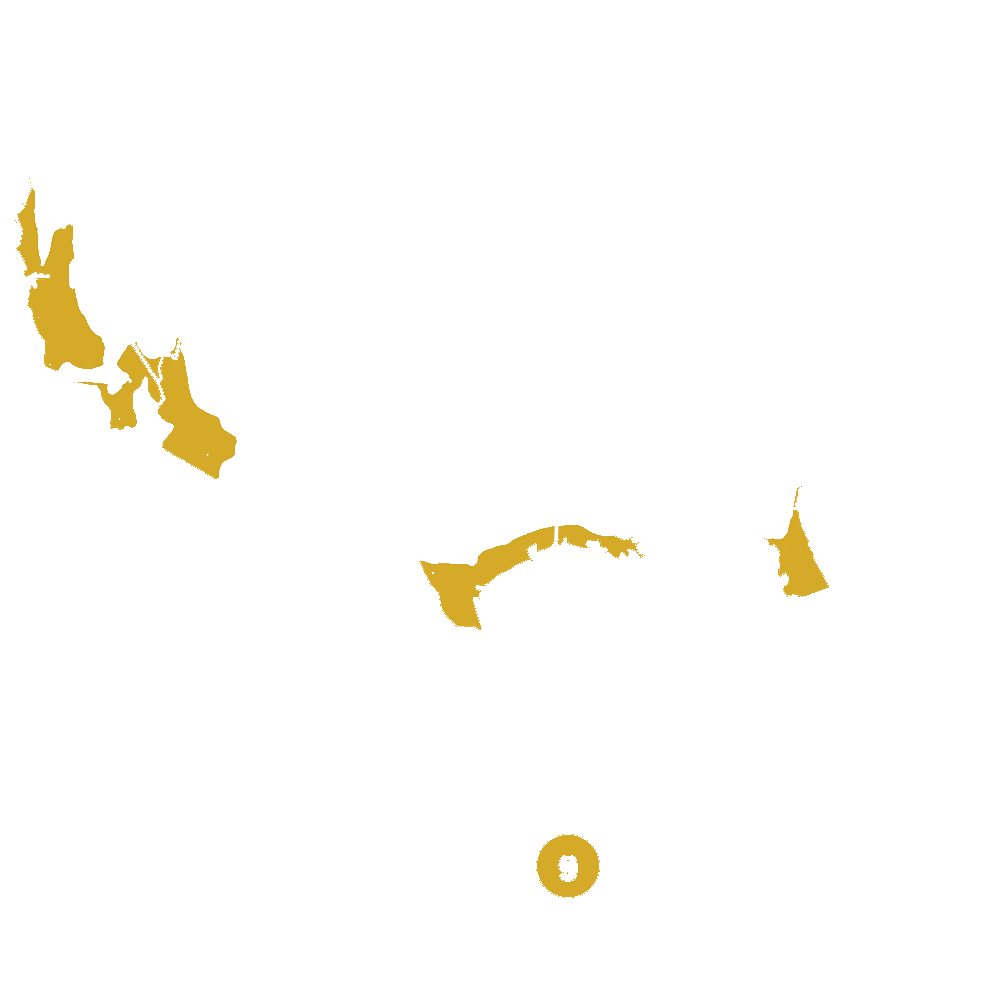
Pollination Info
Pollination Information for Pretty Lady Rose Tree
Scientific Name: Rosa 'WEKdadoda'
General Information
The Pretty Lady Rose Tree, scientifically known as Rosa 'WEKdadoda', is a hybrid variety of rose tree. It belongs to the Rosaceae family and is a result of meticulous breeding efforts.
Pollination
Roses are typically self-pollinating, which means they have both male and female reproductive parts within the same flower. However, cross-pollination can occur through various means, including wind, insects, or human intervention.
Attracting Pollinators
If you want to attract more pollinators to your Pretty Lady Rose Tree, you can incorporate certain practices:
- Plant companion plants that attract pollinators nearby, such as lavender, catmint, or salvia.
- Provide a water source, like a shallow bird bath, to offer a place for pollinators to drink.
- Avoid using pesticides or insecticides that can harm pollinators.
Pollination Process
When a pollinator, such as a bee or butterfly, visits the rose tree, it inadvertently brushes against the flower's reproductive organs, transferring pollen from the anthers (male part) to the stigma (female part). This process is essential for fertilization and subsequent seed production.
Fruit and Seed Development
After successful pollination, the petals of the flower wither and fall off, while the ovary swells and develops into a fruit called a rose hip. Over time, the rose hip matures and eventually splits open to reveal seeds inside. These seeds can be collected, stored, and used for propagation.
Conclusion
The Pretty Lady Rose Tree, like other roses, is capable of self-pollination. However, attracting pollinators can enhance the pollination process and lead to healthier plants and more prolific blooms. By following the tips mentioned above, you can create an environment that encourages pollinator activity and helps your rose tree thrive.
FAQ
Pretty Lady Rose Tree (Rosa 'WEKdadoda') - Frequently Asked Questions
1. What is the growth habit of the Pretty Lady Rose Tree?
The Pretty Lady Rose Tree has a compact and upright growth habit. It forms a small tree with a single trunk and gracefully arching branches.
2. What is the average height and width of the Pretty Lady Rose Tree?
On average, the Pretty Lady Rose Tree can reach a height of about 3 to 4 feet (0.9 to 1.2 meters) and a width of 2 to 3 feet (0.6 to 0.9 meters).
3. Can the Pretty Lady Rose Tree be grown in containers?
Yes, the Pretty Lady Rose Tree is suitable for container gardening. Its compact size makes it a perfect choice for growing in pots and planters.
4. When does the Pretty Lady Rose Tree bloom?
This rose tree produces beautiful blooms throughout the growing season, typically from spring to fall. It displays clusters of deep pink flowers with a delightful fragrance.
5. How much sunlight does the Pretty Lady Rose Tree require?
The Pretty Lady Rose Tree thrives in full sun to part shade. It performs best when it receives at least six hours of direct sunlight each day.
6. What type of soil is suitable for the Pretty Lady Rose Tree?
This rose tree prefers well-draining soil that is rich in organic matter. A slightly acidic to neutral pH range (pH 6.0-7.0) is ideal.
7. How often should I water the Pretty Lady Rose Tree?
While the Pretty Lady Rose Tree has good drought tolerance, it is important to keep the soil evenly moist, especially during the hot summer months. Water deeply but avoid overwatering to prevent waterlogged conditions.
8. Does the Pretty Lady Rose Tree require pruning?
Minimal pruning is required for this rose tree. Deadheading faded blooms and removing any damaged or crossing branches will help maintain its shape and promote healthy growth.
9. Is the Pretty Lady Rose Tree disease-resistant?
Yes, this rose tree is known for its excellent disease resistance. However, it is always a good practice to monitor for any signs of common rose diseases, such as blackspot or powdery mildew, and take appropriate measures if necessary.
10. Can I use the Pretty Lady Rose Tree as a focal point in my garden?
Absolutely! The elegant form and stunning blossoms of the Pretty Lady Rose Tree make it a perfect choice for a focal point or centerpiece in any garden or landscape.
Planting & Care
Planting & Care for Pretty Lady Rose Tree
Planting:
- Choose a sunny location with well-drained soil for planting Pretty Lady Rose Tree.
- Prepare the planting hole that is twice as wide and deep as the root ball.
- Mix some compost or organic matter with the soil to improve drainage and fertility.
- Gently remove the Pretty Lady Rose Tree from its container, taking care not to damage the roots.
- Place the plant in the hole, so that the bud union (swollen area where the rose is grafted onto the rootstock) is above the soil line.
- Backfill the hole with soil, firming it gently around the roots. Water thoroughly.
- Apply a layer of mulch around the base of the plant to retain moisture and suppress weed growth.
Watering:
- Keep the soil consistently moist but not waterlogged during the growing season.
- Water deeply at the base of the plant to encourage deep root growth.
- Avoid overhead watering as it can increase the risk of diseases.
- Adjust the watering frequency based on weather conditions - more frequent watering is required during hot and dry periods.
Fertilization:
- Feed Pretty Lady Rose Tree with a balanced rose fertilizer in early spring, just as new growth starts to emerge.
- Follow the manufacturer's instructions for application rates.
- Avoid over-fertilizing, as it can lead to excessive foliage growth at the expense of flowers.
Pruning:
- Prune Pretty Lady Rose Tree in early spring before new growth begins.
- Remove any dead, damaged, or crossing branches.
- Shape the plant by selectively cutting back any long or unruly branches.
- Make clean cuts just above an outward-facing bud or a five-leaflet leaf.
Pest & Disease Control:
- Inspect the plant regularly for common rose pests such as aphids, spider mites, and rose slugs.
- Treat any infestations using appropriate organic or chemical controls.
- Prevent diseases like blackspot and powdery mildew by ensuring good air circulation around the plant and avoiding overhead watering.
- If necessary, treat fungal diseases with appropriate fungicides.
Winter Care:
- Pretty Lady Rose Tree generally requires winter protection in colder climates.
- In late fall, mound soil or mulch around the base of the plant to insulate the roots.
- Wrap the canes with burlap or cover the entire plant with a protective rose cone.
- Remove the winter protection in early spring before new growth appears.
Check Out These Verified Customer Reviews:
Customer Reviews
4.7 out of 5 based on 17 reviews
Thank you! Your review has been submitted.
The rose tree exceeded my expectations, very satisfied with my purchase.
Customer service was friendly and helpful.
Gorgeous rose tree, even prettier in person!
Item has been added to your cart.



